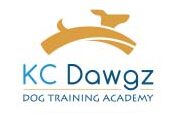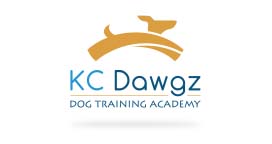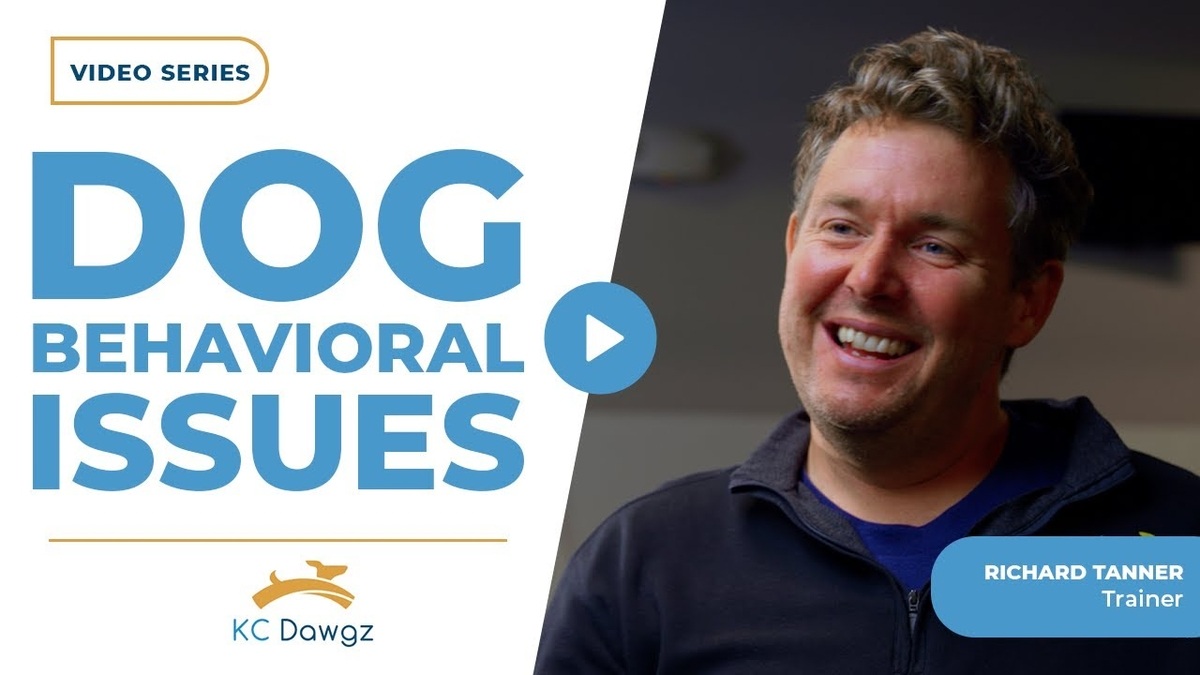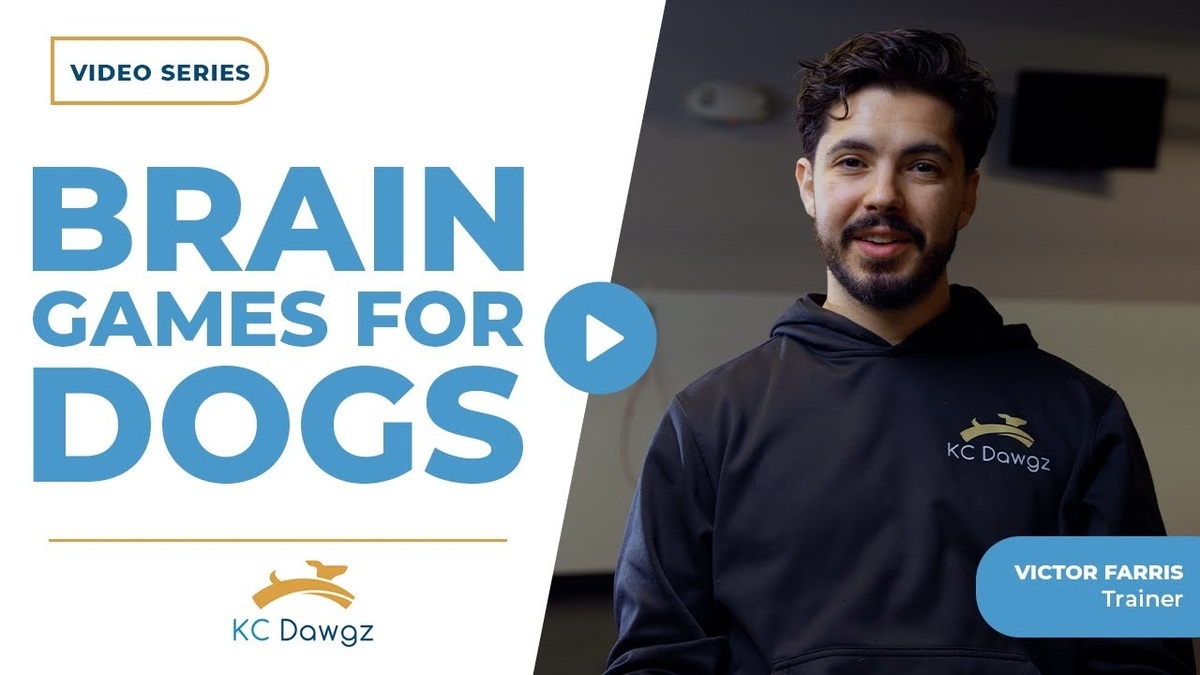Your dog isn’t trying to ruin your walk—sometimes, the world is just overwhelming. Whether it’s a dog across the street or a squirrel in a nearby tree, these triggers can turn a peaceful stroll into a tug-of-war with barks and lunges. Reactivity can feel like an uphill battle, but with the right strategies, you can transform those stressful walks into enjoyable outings. In this blog, we’ll break down how to reduce your dog’s reactivity on walks, starting with the crucial foundation of focus and engagement. Let’s dive in!
Focus and Engagement: The Foundation of Training
When it comes to addressing your dog’s reactivity, the first step is creating a strong system of focus and engagement between you and your dog. We need to teach our dogs to focus on us during walks, especially in challenging situations. But more importantly, we as owners must also engage with our dogs consistently.
Why is focus so essential? When your dog can focus on you, it shifts their attention away from potential triggers that may cause them to react. Instead of becoming distracted by passing dogs or a squirrel darting across the path, their attention will be directed toward you. By maintaining engagement, we set the foundation for better control in all types of situations.
Here’s how you can build focus and engagement with your dog:
- Use treats or toys: Start by using high-value treats or their favorite toy during walks. Reward your dog when they look at you or respond to your commands, reinforcing the idea that paying attention to you is more rewarding than reacting to distractions.
- Practice in low-distraction areas: Begin your training in calm environments before slowly introducing more challenging scenarios.
- Make engagement a habit: Regularly engage with your dog, whether at home or during walks. The more you practice, the stronger the habit becomes.
Once focus and engagement are consistent, we can start implementing additional techniques to reduce your dog’s reactivity.
Alternative Incompatible Behaviors: Counter-Conditioning Reactivity
After you’ve established a solid system of focus and engagement, the next step is to teach your dog alternative incompatible behaviors. These behaviors give your dog something else to do instead of reacting negatively to a trigger.
Here’s what we mean by alternative incompatible behaviors:
- Healing on a walk: If your dog tends to lunge at other dogs or distractions, teaching them to walk calmly by your side can be a helpful alternative. When your dog is walking with you in a controlled manner, they won’t have the chance to react.
- Place training: Another useful technique is teaching your dog to go to their “place” or bed when they are at home and you anticipate a stressful situation. This can be useful if your dog reacts to guests, deliveries, or sudden noises.
These alternative behaviors are incompatible with reactivity because they require your dog to focus on a specific task, leaving no room for reacting to external triggers. Over time, this counter-conditioning helps reduce your dog’s reactivity in various situations.
Assessing Your Training Program: Is It Working?
Training your dog to reduce reactivity is a process that requires patience and consistency. However, if you notice that your dog is still overreacting, even after you’ve been working on their focus and engagement, it may be time to reassess your training program.
Here’s what we recommend:
- Identify what’s working: Take an objective look at the behaviors that are improving. Is your dog focusing better on walks? Are they responding to commands in certain situations but not others?
- Pinpoint challenges: What situations are still triggering your dog’s reactivity? Are there particular distractions, like other dogs or loud noises, that consistently cause them to lose focus?
- Adjust your approach: Sometimes, small changes in your training approach can make a big difference. If healing isn’t reducing your dog’s reactivity, you may need to switch tactics, such as increasing the distance between your dog and the trigger or practicing in less stimulating environments.
By continually assessing and refining your training program, you can ensure that your dog is making steady progress toward reduced reactivity.
KC Dawgz Approach: The Value of Diverse Training Backgrounds
At KC Dawgz, we approach each dog’s reactivity issues with a well-rounded and collaborative mindset. Our staff comes from various training backgrounds, which allows us to share knowledge and techniques tailored to each individual dog. Whether it’s using agility exercises, behavior modification, or even protection training methods, we work as a team to develop the best strategies for our clients.
One of the benefits of having trainers with diverse skill sets is that we can troubleshoot more effectively. If one technique isn’t working, we can quickly adapt and try another method, ensuring that the training process is always moving forward.
In Summary: Building a Strong System to Reduce Reactivity
Reducing your dog’s reactivity on walks takes time, consistency, and a solid training plan focused on engagement, alternative behaviors, and regular assessments. Remember, building a strong system of focus between you and your dog is the first step. Once your dog learns to focus on you, you can start teaching them alternative behaviors that help counter their reactivity. And if things aren’t working, don’t hesitate to reassess your training program and make adjustments where necessary.
At KC Dawgz, we’re here to help you every step of the way. Contact us to learn more about how we can assist in reducing your dog’s reactivity and create more enjoyable walks for both you and your furry friend.




